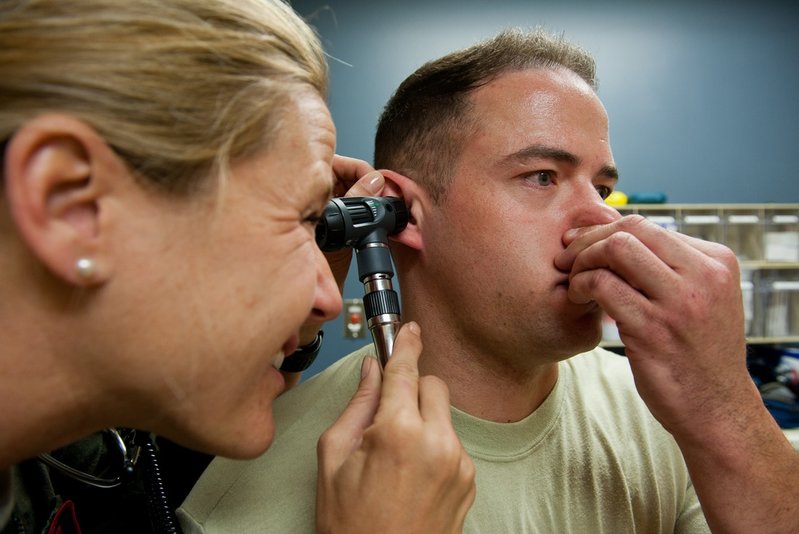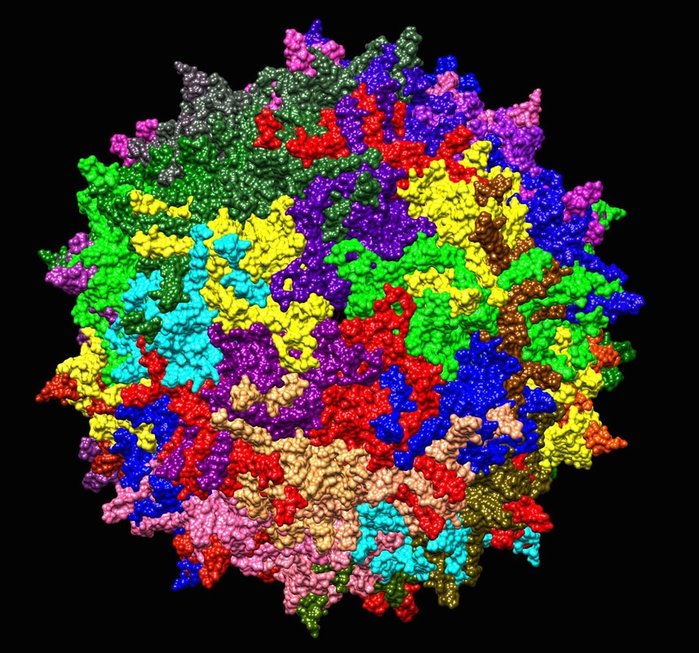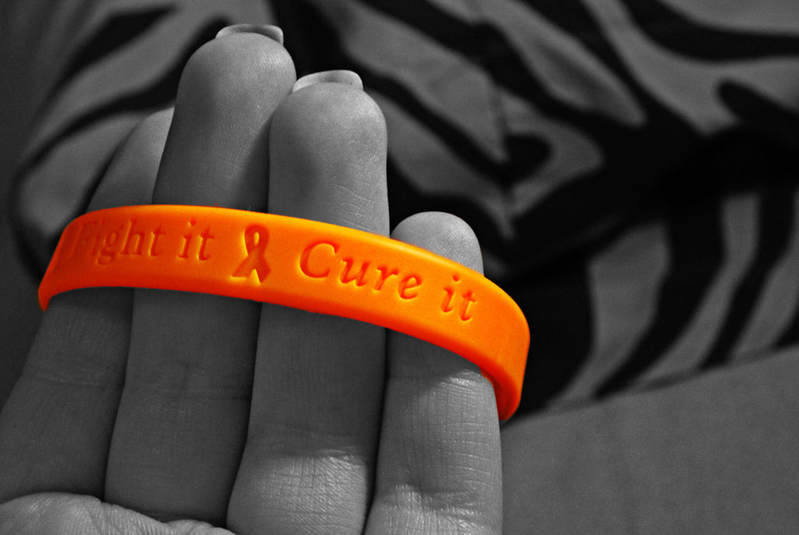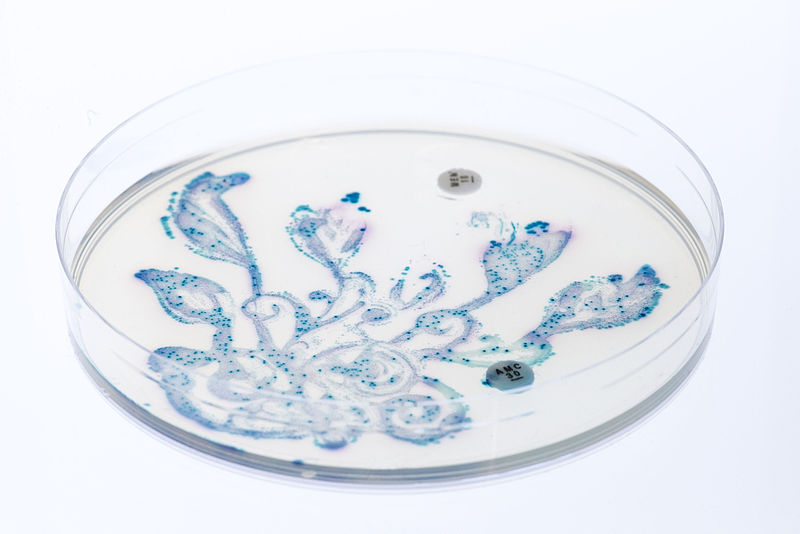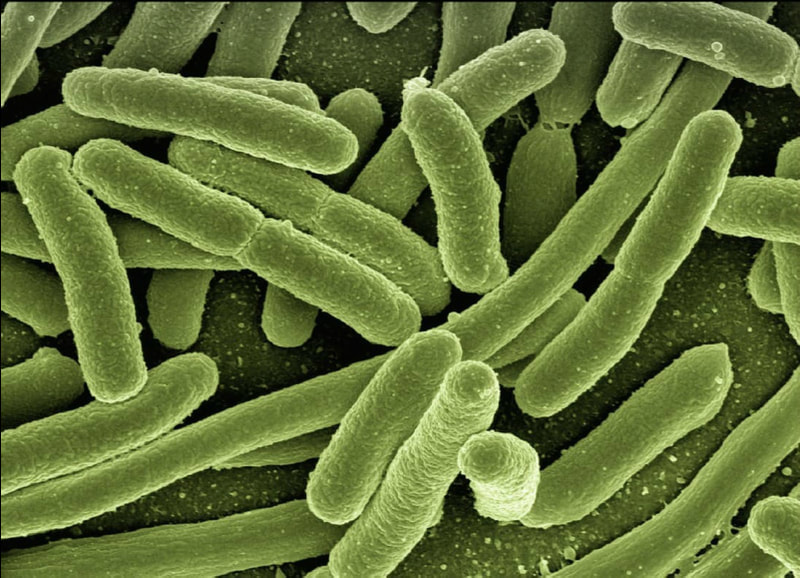Restoring Partial Hearing and Balance through Gene Therapy
In the United States alone, approximately 30 million people are affected by genetic or acquired hearing loss, with about one in every 1000 babies born having some sort of hearing impairment. A current method for treating genetic hearing loss is gene therapy, which involves using a carefully designed virus, called a vector, to infect specific cells and modify their genetic code. These cells, then, reproduce and spread the new, healthy code. In practice, however, it has not been very effective as vectors have not been able to bind to enough hair cells in the ear to perform their duty. According to a recent study, researchers at Harvard Medical School and Massachusetts General Hospital think they might have found a way to increase the binding of the vectors and strengthen the effect of gene therapy.
The most common vector is called adeno-associated virus (AAV). AAV is very small, infects cells without causing disease, and elicits only a mild immune response. Harvard scientists have found that coating the virus in an exosome, a small envelope of cell membrane, triples the number of affected hair cells compared to that of regular uncoated AAV. The team reasoned that the exosome coating is beneficial because it is covered in proteins that attach to receptor sites on the hair cell membranes, allowing the coated AAV to bind more prevalently to the inner hair cells. This coated AAV showed significant effect on the outer cells in which uncoated AAV could not interact with the hair cells.
The most common vector is called adeno-associated virus (AAV). AAV is very small, infects cells without causing disease, and elicits only a mild immune response. Harvard scientists have found that coating the virus in an exosome, a small envelope of cell membrane, triples the number of affected hair cells compared to that of regular uncoated AAV. The team reasoned that the exosome coating is beneficial because it is covered in proteins that attach to receptor sites on the hair cell membranes, allowing the coated AAV to bind more prevalently to the inner hair cells. This coated AAV showed significant effect on the outer cells in which uncoated AAV could not interact with the hair cells.
Image Source: "Adeno-associated virus serotype AAV2" by Jazzlw is licensed under CC BY-SA 4.0
To test this finding with living organisms, the team of researchers obtained 12 mice with congenital deafness and injected their inner ears with 250 nanoliters (approximately one two-hundredth of a drop) of an exosome-coated AAV solution. A month after the treatment, 75% of the mice could be startled by a loud clap, a standard test of hearing capability. Additionally, 33% showed responses to volumes that would be roughly equivalent to a conversation in a loud restaurant.
Hearing loss or damage can also affect balance, orientation, and navigation, as the inner ear contains many of the sensory organs for the vestibular system. In the lab, the deaf mice frequently thrashed their heads around and wandered in circles, unable to gain their bearings. After being treated with the exo-AAV solution, however, there was a significant decrease in head tossing with a third of the rats ceasing the behavior altogether. Additionally, in a test that had mice placed into a circular environment and left to explore, the treated mice ran in significantly fewer circles than the untreated mice, suggesting increased navigational and orientative capabilities.
This study exemplified that coating AAV in exosomes greatly improved the effectiveness of gene therapy to treat hearing loss in mice. The research team is dedicated to further improving this technique, and given a few years, this approach may help improve the lives of the 360 million people worldwide afflicted with deafness of all types.
Hearing loss or damage can also affect balance, orientation, and navigation, as the inner ear contains many of the sensory organs for the vestibular system. In the lab, the deaf mice frequently thrashed their heads around and wandered in circles, unable to gain their bearings. After being treated with the exo-AAV solution, however, there was a significant decrease in head tossing with a third of the rats ceasing the behavior altogether. Additionally, in a test that had mice placed into a circular environment and left to explore, the treated mice ran in significantly fewer circles than the untreated mice, suggesting increased navigational and orientative capabilities.
This study exemplified that coating AAV in exosomes greatly improved the effectiveness of gene therapy to treat hearing loss in mice. The research team is dedicated to further improving this technique, and given a few years, this approach may help improve the lives of the 360 million people worldwide afflicted with deafness of all types.
Featured Image Source: US Air Force Airman 1st Class Kate Thornton
RELATED ARTICLES
|
Vertical Divider
|
Vertical Divider
|
Vertical Divider
|

